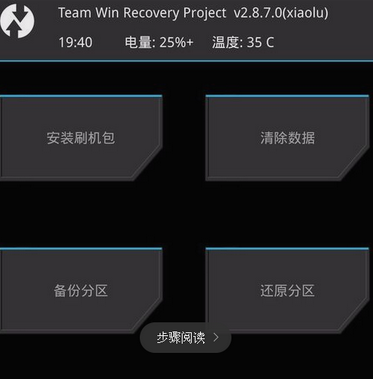
TWRP Recovery FAQ
1.What is twrp?
twrp stands for Teamwin Recovery Project. It is a GUI based custom touch recovery.
twrp allows the following functionality:
In tar or raw image formatbackupPartition
Restore backups from internal storage, external SD storage or OTG devices
Custom firmware installation
Partition wiping
FileDelete
Terminal access
ADB root shell
Theme support
2. Why doesn’t twrp support encryption on my device?
Two stages support twrp encryption. The first is to keep up with the latest support from AOSP, which may require a lot of changes and integration with new AOSP versions. This may take some time, especially if we have to wait for a reference device to test. The second item is custom blob support and integration with device OEM firmware.
Even if your device supports AOSP encryption and decryption, it usually requires custom blob support. The process of resolving this issue may take time and may never be completed. Some vendors (such as Samsung) use their own encryption technology. Without a lot of deconstruction/unpacking of custom library chunks, and successful ports by active maintainers, this might never have been possible. In twrp, encryption support is a nice option rather than a must-have support option. We think the ability to back up your system and install custom firmware is more important than the complete lack of TWRP support.
3. Recovery mode creates a new file in the cache/recovery directory. After restarting, the new file disappears. Why?
Detailed description:
1. Create a new file /cache/recovery/wetest at the end of the recovery.cpp file; and write the content: welcome to recovery mode!
2. Compile the version, burn the phone, and after booting, restore the factory settings; wait for the phone to enter the automatic restart state, and before the boot wizard pops up, use the command to enter /cache/recovery/. There is a wetest file, and the content is correct; but after the boot wizard is completed, and then enter /cache/recovery to view, the generated file disappears.
The reason is:
After the boot is completed, frameworks/base/core/java/android/os/recoverysystem.java will determine whether the files under the /cache/recovery directory start with "last_". If not, they will be deleted. The purpose is to allow the directory to store only a few files specified by the recovery mode.
If you must create a new file in this directory, please be sure to add the prefix "last_" before your file name to avoid being deleted after restarting.
4. How to use pgp to verify twrp files?
Recently, we implemented signing of twrp files using OpenPGP for security-conscious people who want to verify the non-repudiation of twrp.me files. You can read more about OpenPGP here
VerifyKeyIn the ring. The public key is also listed on each device's download page. Please download the key to a new file. When you click on the page you will
The link to the PGP verification file is "Download PGP signature twrp device version.type.asc". This file is in binary format and is created using the private key the first time a download page is created for the file. You can then perform the following steps to verify non-repudiation (Linux steps only):
gpg—import twrp-public.asc
gpg—verify twrp-device-version.type.asc twrp-device-version.type
For Windows, please find the OpenPGP implementation and read the documentation to perform these steps.
TWRP RecoverySoftware introduction
TWRP Recovery Chinese version is better than CWM The Recovery function is more powerful and has functions that the official Recovery cannot do. As long as the official recovery can do it, TWRP can do it; what the official Recovery can't do, TWRP can do it.
The modified and localized themes have been integrated into the recovery. You can directly flash into the recovery without using ui.zip. This Recovery also supports other third-party themes, put ui.zip into It can be stored in the built-in TWRPtheme folder.
TWRP RecoveryFunction introduction
Copy Log to SD (Copy recovery log to SD card):
This function is used as an option for ROM developers; it is used to debug the ROM;
Fix Permissons:
This function is used to repair system permissions. Generally not used.
File Managers:
This function is used to move, copy, modify file permissions, modify file names and other functions under recovery. The interface is relatively simple, but practical.
Reload Theme:
This function is used to reload the current UI theme and is generally not used.
Terminal Command:
This function is used to execute some simple sh scripts and is generally not used.
ADB sideload (ADB remote flashing):
The adb sideload function is quite practical and is very suitable for mobile phones such as motox/droid ultra that do not support large-capacity storage and expanded SD cards.
adb sideload is simple and easy to implement, and the articles are specially divided.
Download and place it in the root directory of your phone according to your own version, and then flash it directly in Recovery.
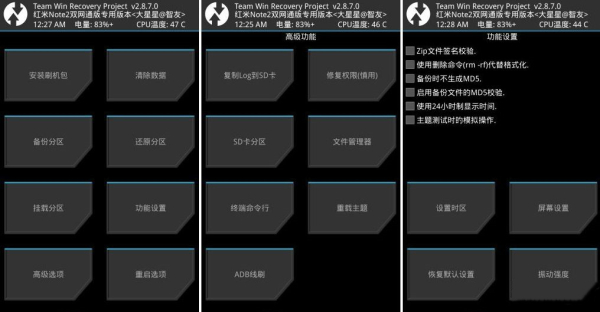
TWRP RecoveryChange log
New features in v2.8.7.0:
Initial ground work for software drawing keyboards
Fix handling of erasing internal storage on data media devices (Xuefer)
Allows DataManager to set and read values from system properties (Xuefer)
Fixed crash when taking screenshot on ARM64 devices
Fix error message after ORS script completion (Dees_Troy)
Fix crash/error when creating encrypted backups (i.e. Deestory)
Add system read-only option – more details below (dees_Troy)
Add resize2fs and gui options to run resize2fs(dees_Troy)
Fix crash loop caused by empty lines in AOSP recovery command file (_that)
Prevent duplicate pages from overlapping, such as multiple lock screens (mdmower)
Huajun editor recommends:
TWRP Recovery is a software that does not require learning to use. It is a very simple tool. Users in need can download and use it in the Huajun Software Park to ensure your satisfaction. In addition, there are many similar software of the same type available for download, such as:Perfect flash machine,Understand mobile phones in seconds,Absinthe2.0,One-click root tool,Qitu flash machineWait.

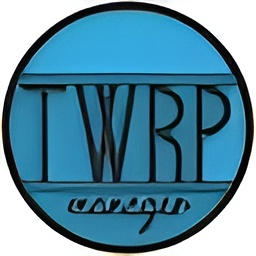





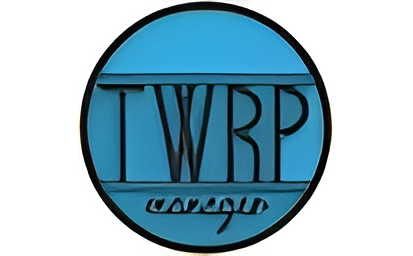



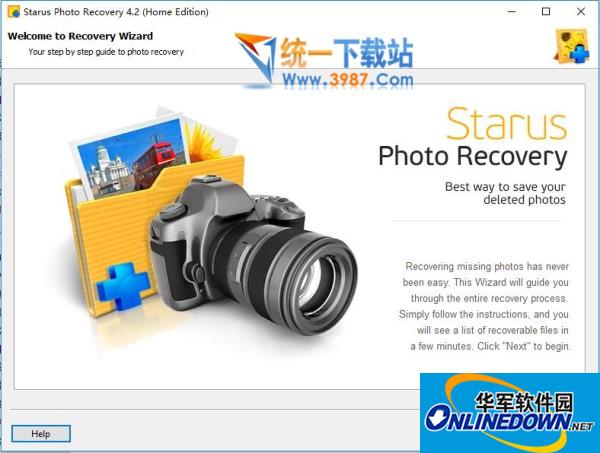
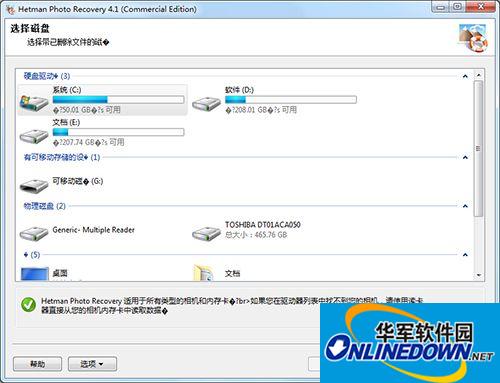































Useful
Useful
Useful